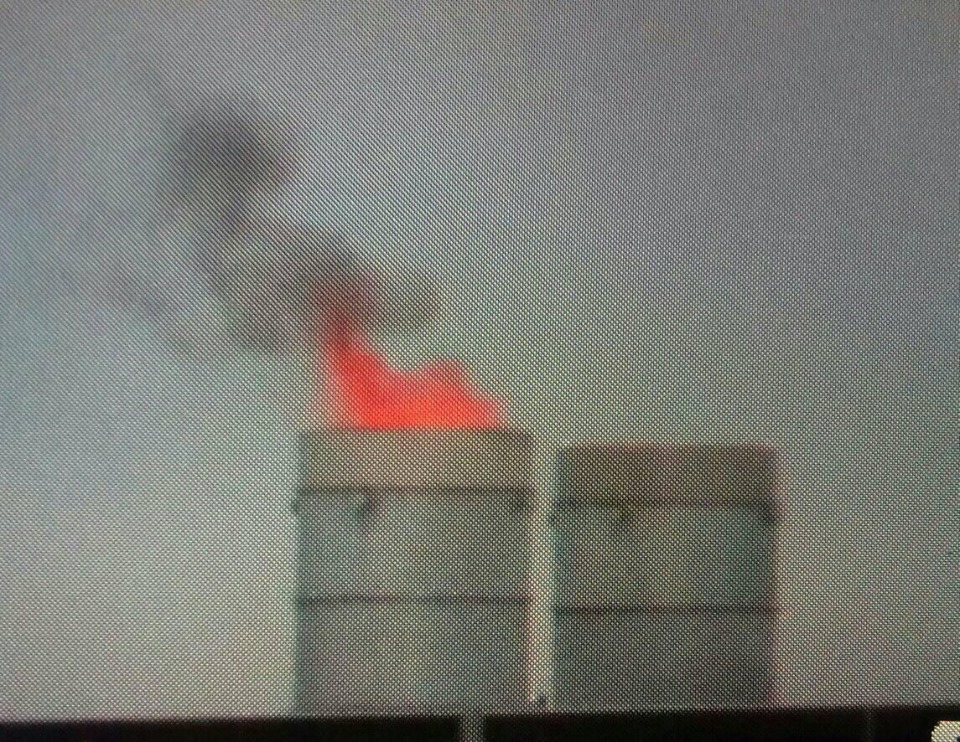Oil and gas operators must take action to reduce flaring and venting, the industry regulator said today.

The North Sea Transition Authority (NSTA) published a new emissions reduction plan, which also called for cuts in fugitive emissions, the accidental leak of greenhouse gases from faulty infrastructure and equipment.
Production emissions from the oil and gas sector account for 3% of total UK greenhouse gas emissions. Around one-sixth of emissions from oil and gas production come from flaring.
The volume of flared gas has fallen in the UK by around 50% since 2018. But the new guidance says “more must be done to prevent the wasteful flaring of gas”. It said it expects reductions to continue.

Most flaring and venting onshore is at oil sites.
Official data, collected by NSTA since 2016, shows onshore flaring has risen consistently over the past five years. There was a 34% increase between 2022 and 2023. Venting volumes fell by 34% over the same period.
Under the new plan, the NSTA requires companies to split projected flaring and venting into routine, non-routine and emergency. From this year, it will publish an annual list of operations with routine flaring.
Operators will be required from 1 June 2025 to provide plans and budgets in their emissions reduction action plan for continuous improvements in flaring and venting, leading to cuts in greenhouse gas emissions.
All operations must have zero routine flaring and venting by 2030.
There should also be a continuous reduction in fugitive emissions, the NSTA said. It requires operators to continuously work “in a proportionate manner” to monitor and reduce fugitive emissions.
Stuart Payne, NSTA Chief Executive, said:
“The Plan strikes the right balance in supporting industry in its work producing the oil and gas which we need and will continue to need in the coming decades, while at the same time playing its role in reducing greenhouse gas emissions.”
DrillOrDrop has closed the comments section on this and future articles. We are doing this because of the risk of liability for copyright infringement in comments. We still want to hear about your reaction to DrillOrDrop articles. You can contact us by clicking here.
Categories: Regulation, slider
